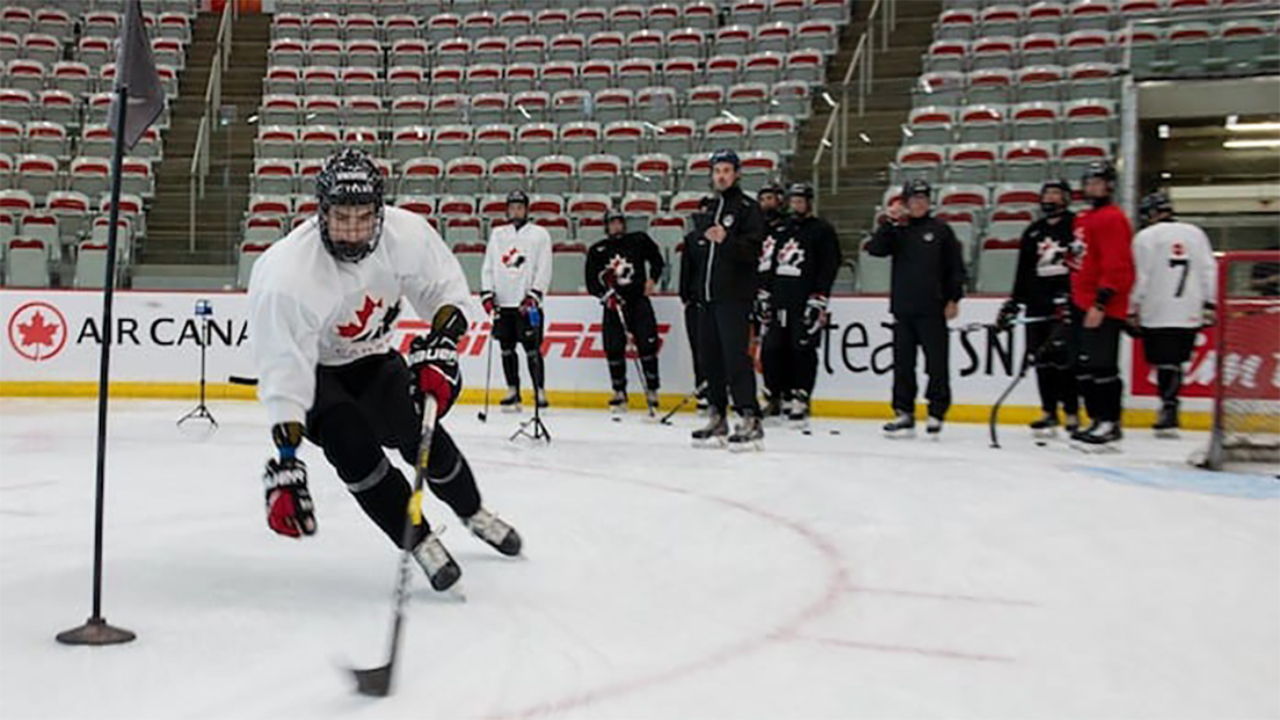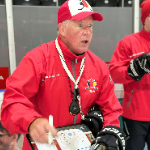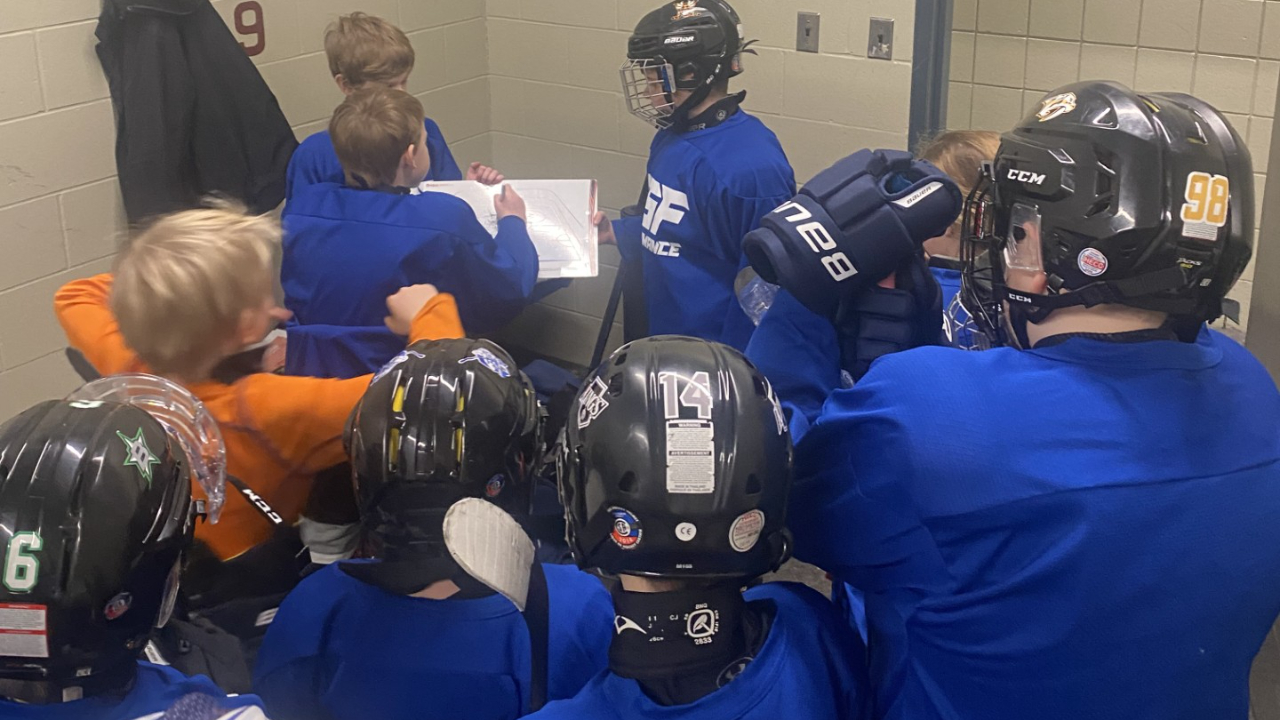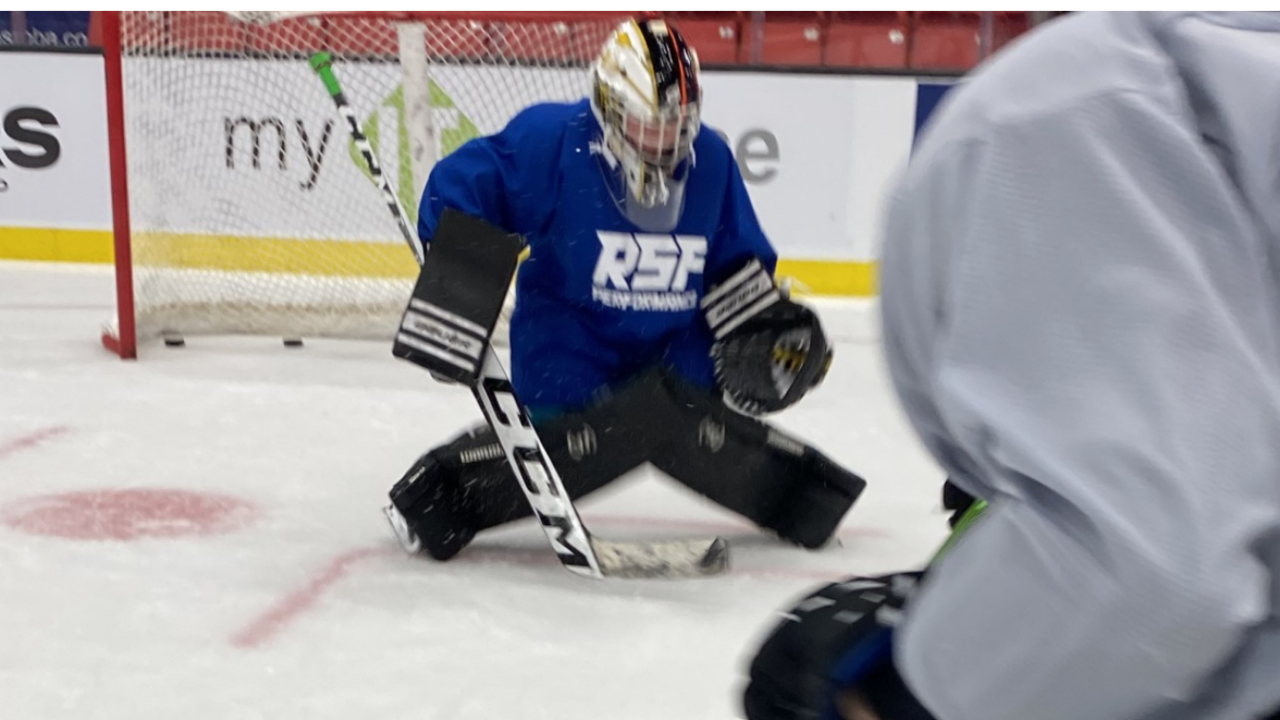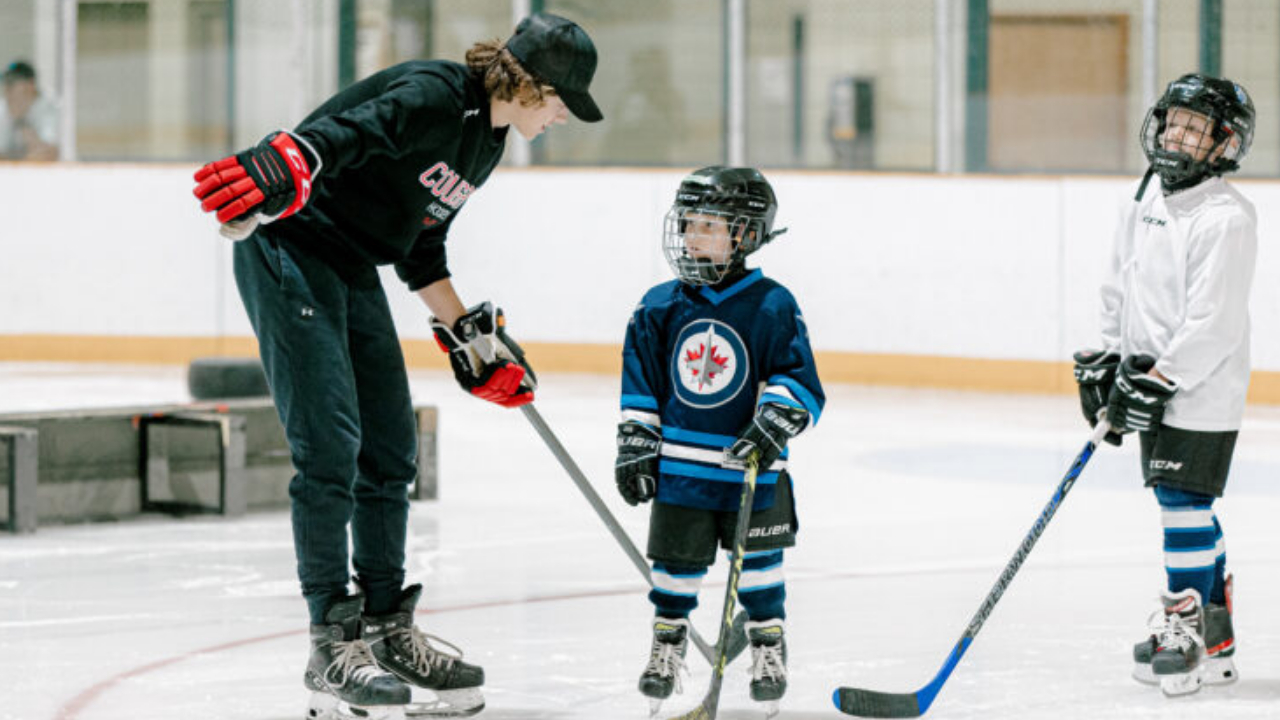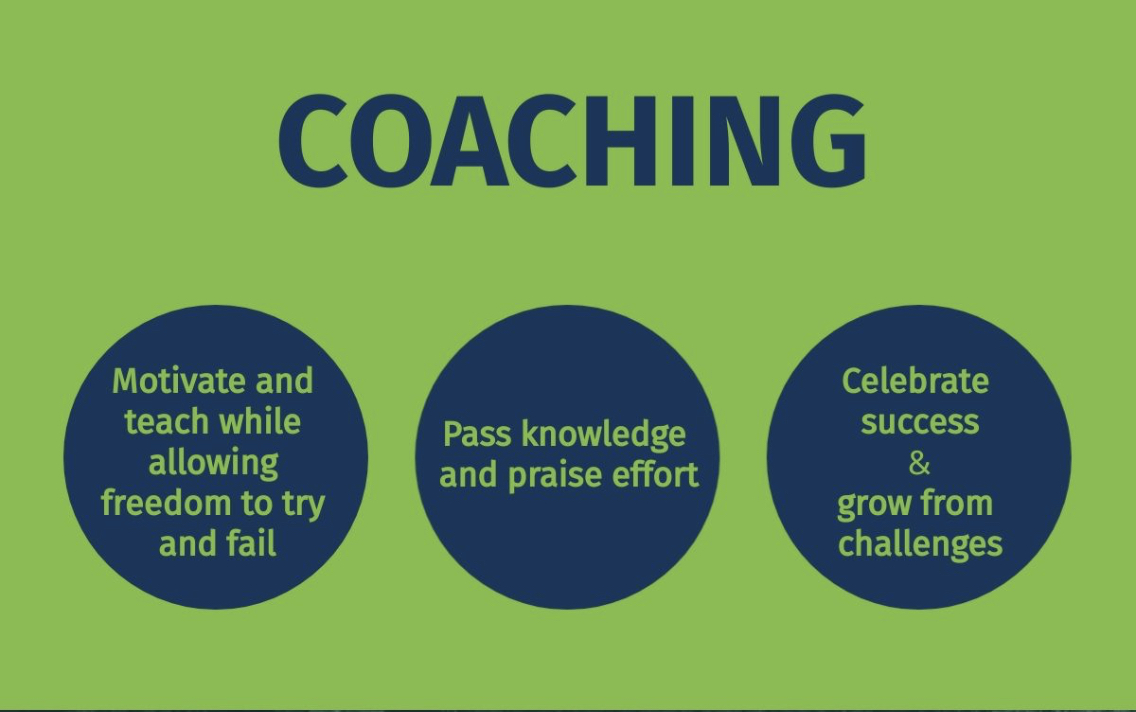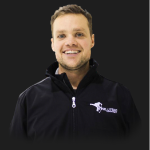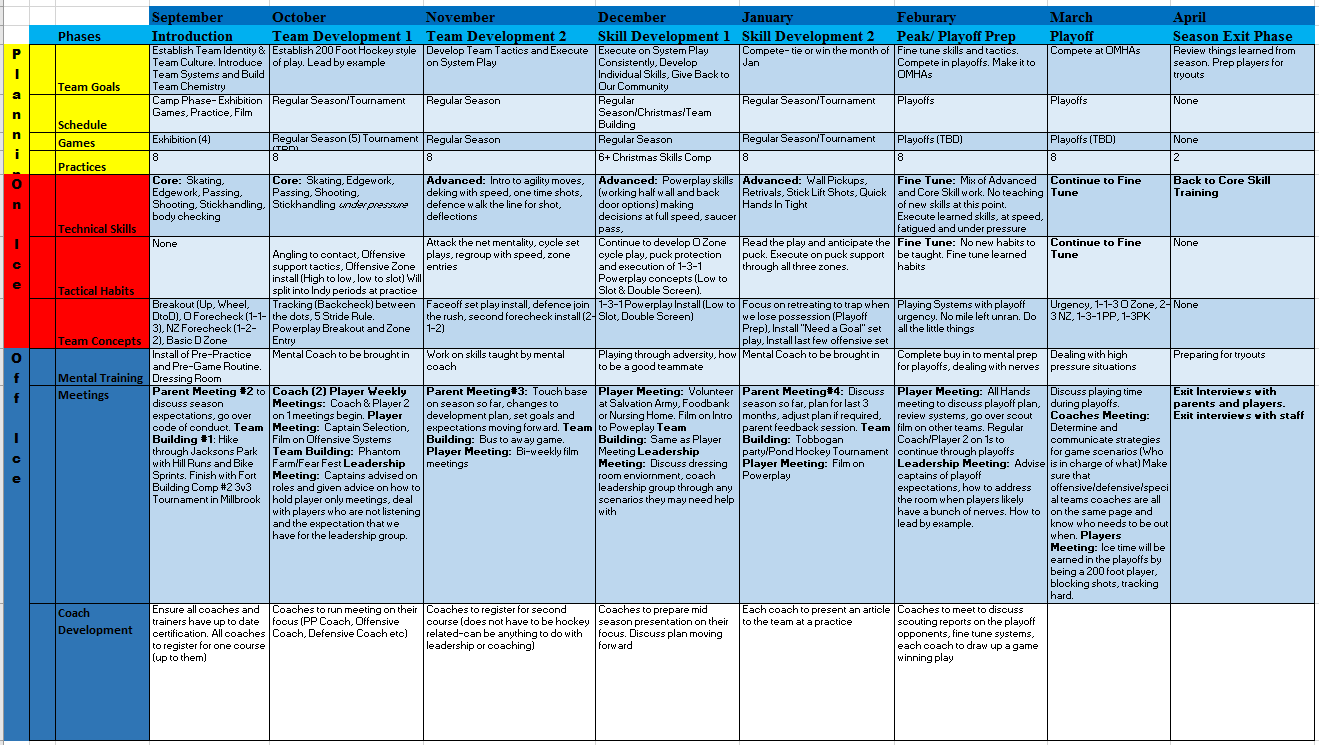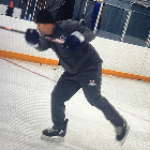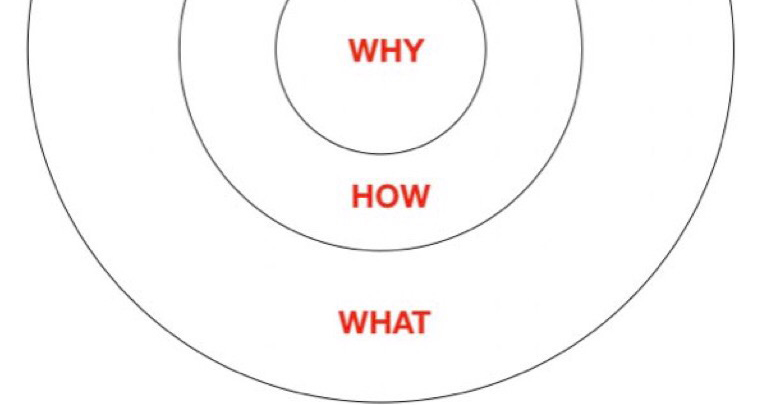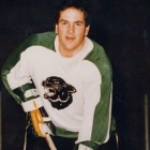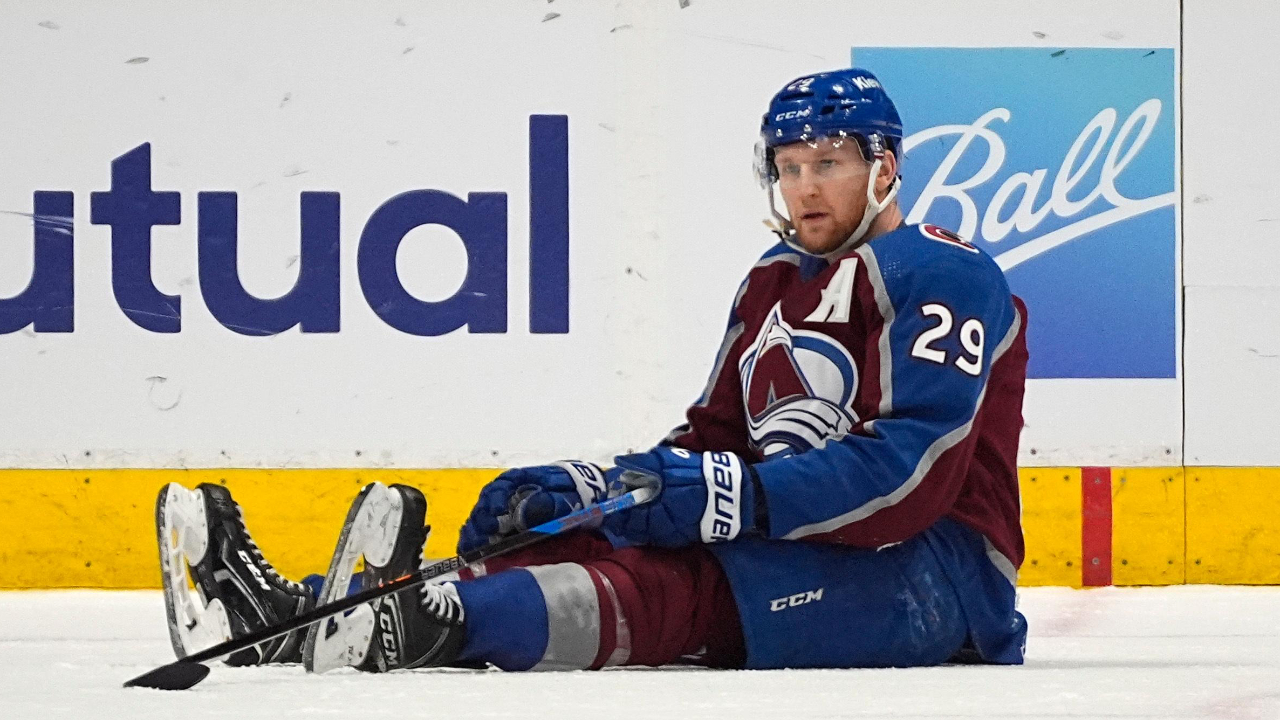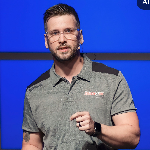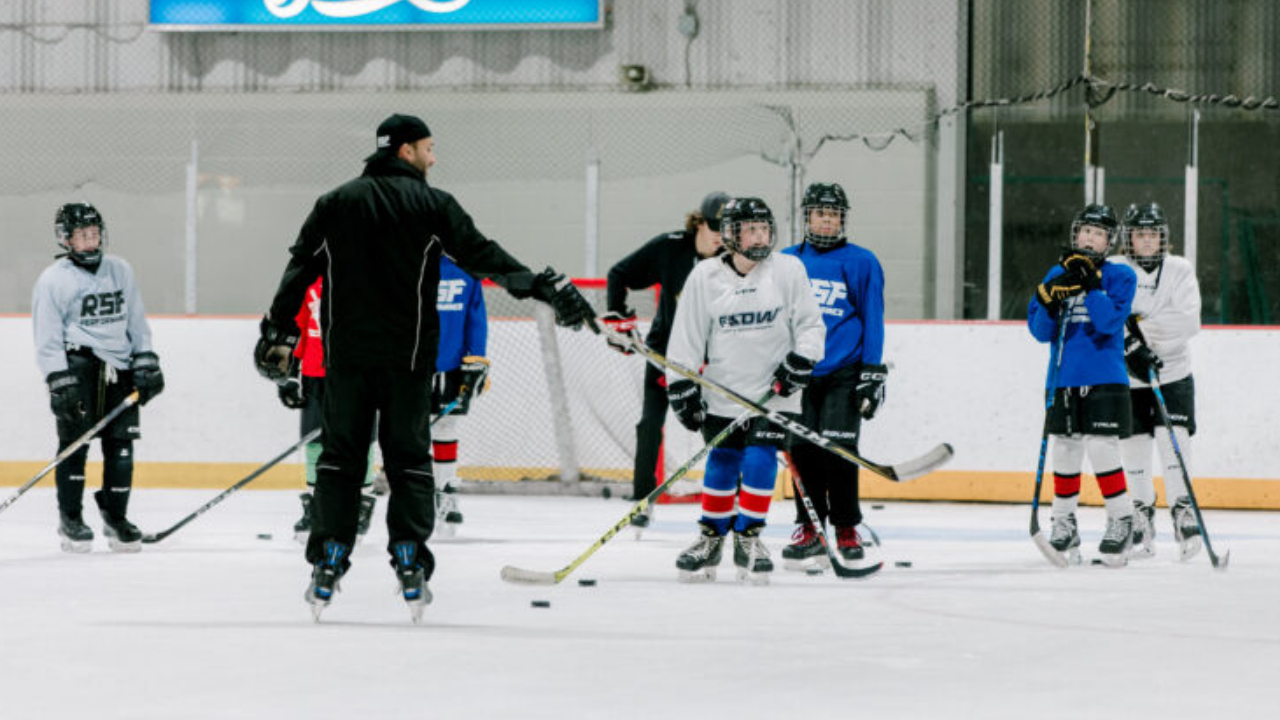
In 2023, after spending my off-season indulging myself in knowledge through The Coaches Site and other online subscriptions available for hockey coaches, I, being eager to learn, focused a lot of my energy on tactics and systems beyond the youth level. During our team's first player meeting and practice, I realized these kids lacked knowledge and didn't know basic D Zone coverage at 13 and 14 years old. Meanwhile, here I am ready to teach advanced systems.
Finding The Zone Of Proximal Development
I came across a great podcast that talked about finding your teams Zone of Proximal Development (ZPD) within the first couple weeks of the season. Zone of Proximal Development means identifying the skills and concepts that are just out of reach for players but attainable with proper coaching. By operating within each player’s ZPD, coaches can maximize learning and skill development. This involves carefully selecting drills and exercises that challenge players to stretch their abilities without pushing them into zones of frustration or disengagement. Engaging this approach requires a keen observation of individual players' performances, recognizing when to offer support and when to step back and allow for independent problem-solving. Implementing training within players’ ZPD creates a stimulating environment where players feel competent and motivated, accelerating their development and enhancing their enjoyment of the game.
The Importance of Flexible Coaching Plans
Adopting a flexible approach to coaching in youth hockey development is a must. A pre-season plan is a great starting point, but the ability to adjust that plan is what separates good coaches from great ones. This adaptability allows for the accommodation of varying skill levels within a team, ensuring that each player is challenged yet not overwhelmed. In practice, this means sometimes setting aside advanced drills or strategies intended for older or more skilled players and instead focusing on reinforcing the basics that are appropriate for the team’s current level.
Embracing this flexibility in your coaching style doesn't mean you are lowering standards but rather fostering a learning experience to optimize player development and enjoyment of the game. Recalibrating expectations to align with the developmental stage and abilities of players while focusing on their current level, not only facilitates a more effective training environment but also underlines the importance of meeting players where they are in their skill.
Simplifying Strategies to Meet Player Needs
One of the most effective approaches to coaching youth hockey involves distilling complex strategies into simpler more digestible components. The transition from advanced coaching materials to the practical needs of young athletes requires a conscious effort to deconstruct the game into its fundamental aspects. This process focuses on breaking down skills and techniques in a way that is accessible to players at the beginning stages of their development.
Breaking drills down and using progression will help with your team's understanding of concepts and can significantly enhance the learning experience, making it more engaging and effective for everyone involved. This approach encourages a deeper understanding of the basics and patients on behalf of the coaches while laying a solid foundation for more advanced systems in the upcoming years.

